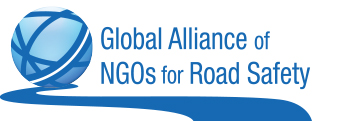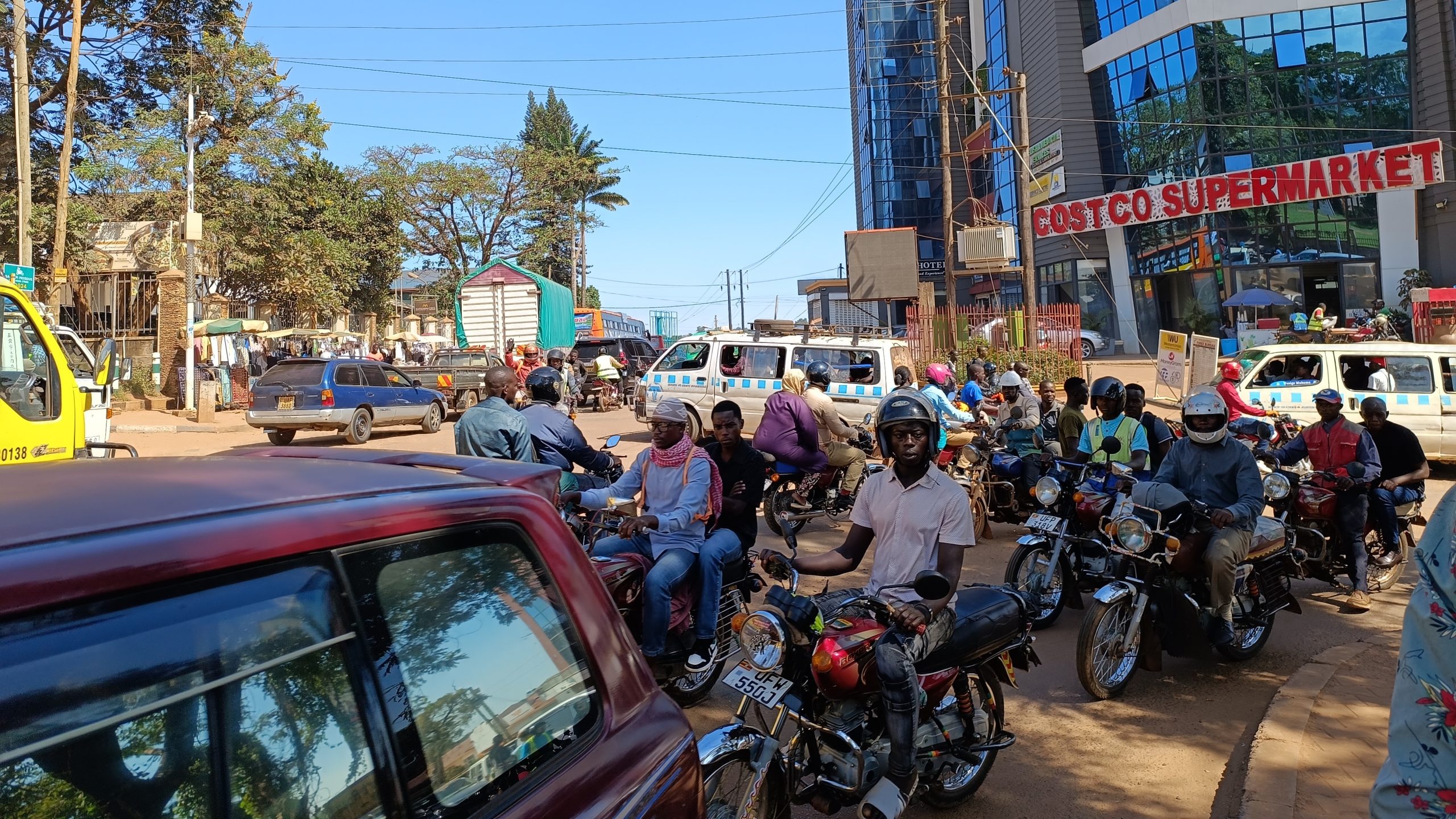

Crowded roads, missing footpaths, and unsafe crossings are part of daily journeys for many in Kampala, Uganda. However, some things have started to change.
Using Mobility Snapshots, Legacy Road Safety Initiative (LRSI) was able to show what it’s like and how it really feels to get around town. The Mobility Snapshot is a tool developed by the Alliance to support NGOs in their advocacy and engage with policymakers. It shows data collected at a specific intersection in the local community, including the number of intersection users—especially pedestrians—and whether the Alliance’s Priority Interventions are present or absent: 30 km/h zones, pedestrian facilities and traffic calming. The key message behind the Mobility Snapshot is that we need to put people at the center of street design. When we intersections are safe for pedestrians, they are safe for everyone. The Mobility Snapshots are an excellent tool for NGO advocacy, showing the reality of people’s journeys, and presenting tangible evidence-based solutions to make them safe.
During the 2024 Mobility Snapshot campaign, LRSI worked alongside other members of the Road Safety Advocacy Coalition (RSOACU), which also includes several other Alliance members, including HOVITA, URRENO, Responsive Drivers Uganda, Safe Way Right Way, Uganda Professional Drivers’ Network, and Uganda Road Accident Reduction Network Organisation. This coordinated action strengthened the NGOs’ joint and separate advocacy. Evidence presented by different NGOs from different intersections fueled the strength of their argument with the authorities and expedited the upgrade process.
LRSI collected data at two intersections in Kampala: the intersection of Sir Apollo Kagwa Road and Bukesa Road, and the T-junction of Gaddafi National Mosque in Old Kampala. Based on the data collected with the Mobility Snapshot, both intersections were rated by iRAP as zero stars for pedestrians, but could achieve three stars if the recommended Priority Interventions were implemented. The Mobility Snapshots revealed issues including missing footpaths, lack of signage, and dangerous crossings. “When we started this work, it was about telling a story,” says Richard Young Owere, from LRSI.
“We took the data from the Mobility Snapshot to the City Authority,” Richard explains. “The sheer risk present at those intersections proved shocking to many. It was a revelation that ignited conversations previously left unspoken.”
LRSI didn’t just show the problems—they offered practical solutions. As a result, changes at the intersection of Sir Apollo Kagwa Road and Bukesa Road have already begun, and infrastructure improvement implementation is in progress. Signalized pedestrian crossing, creation of footpaths, speed limit reduction to 30 km/h, improved road surface grip with road markings and signs, and the installation of street lighting are among the changes implemented, thanks to the information collected from the Mobility Snapshot. The authorities have also committed to modifications at Gaddafi National Mosque, which are in the design stage at the moment.
There’s still a lot to do. What happened in Kampala shows that the right tools, solid evidence and local advocacy can lead to real change. As Richard puts it, “Once you see the city differently, you can’t unsee it and that’s where change begins.”
Kampala city authorities along with other stakeholders including the ROSACU which LRSI is part of, are planning a series of activities for the upcoming UN Global Road Safety Week. Among them is an initiative called Open Streets Kampala, where selected roads in the city will be temporarily closed to motorized traffic and opened for people. The event will feature activities such as community cycling, educational lectures, and interactive spaces that highlight the importance of safe, inclusive, and people-centered urban mobility. Additionally, they plan to organize a blood donation drive dedicated to road crash victims, aiming to support hospital response capacity and raise awareness about the critical need for blood supplies in the aftermath of car crashes. The event’s primary goals are twofold: to raise awareness and to facilitate the imagination of a safer Kampala. LRSI intends to continue to rely on Mobility Snapshots to amplify its advocacy for non-motorized transport, prioritizing walking and cycling. Continuing to use the tool, especially at intersections that have not yet been upgraded, is a key aspect of highlighting risks, challenges, and the need for safety for cyclists and pedestrians.
The post Driving Change in Kampala: how Mobility Snapshots help imagine a safer city appeared first on Global Alliance of NGOs for Road Safety.